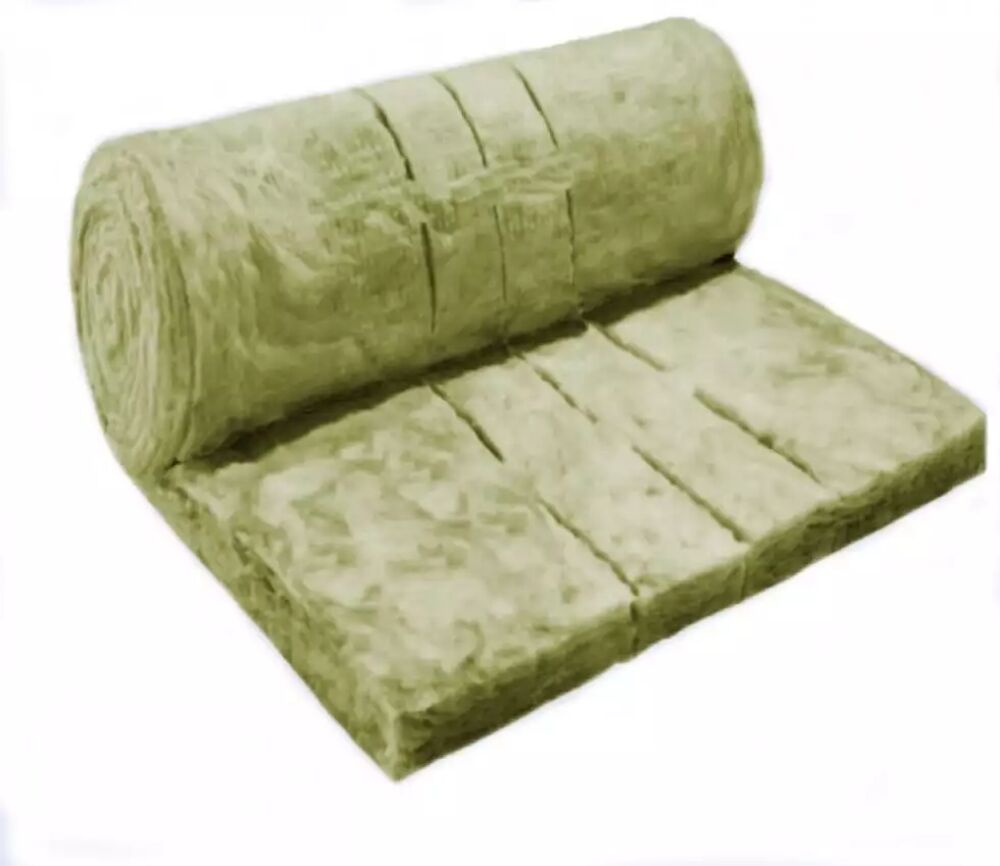About this application

URSA 10 DIVERSO is a non-combustible glass mineral wool insulation roll. The roll comes partially perforated, allowing it to be used between standard joist spacings or as a full-width layer over the joists.
The product is designed to be used as thermal insulation between and over the timber joists of new and existing lofts/cold pitched roofs.
Thermal Conductivity: Declared thermal conductivity (lambda (λ) value) of 0.044 W/mK.
Fire Classification: Deemed non-combustible with a fire classification of Euroclass A1 (the highest possible rating) when tested to EN 13501-1:2018 Reaction to Fire.

